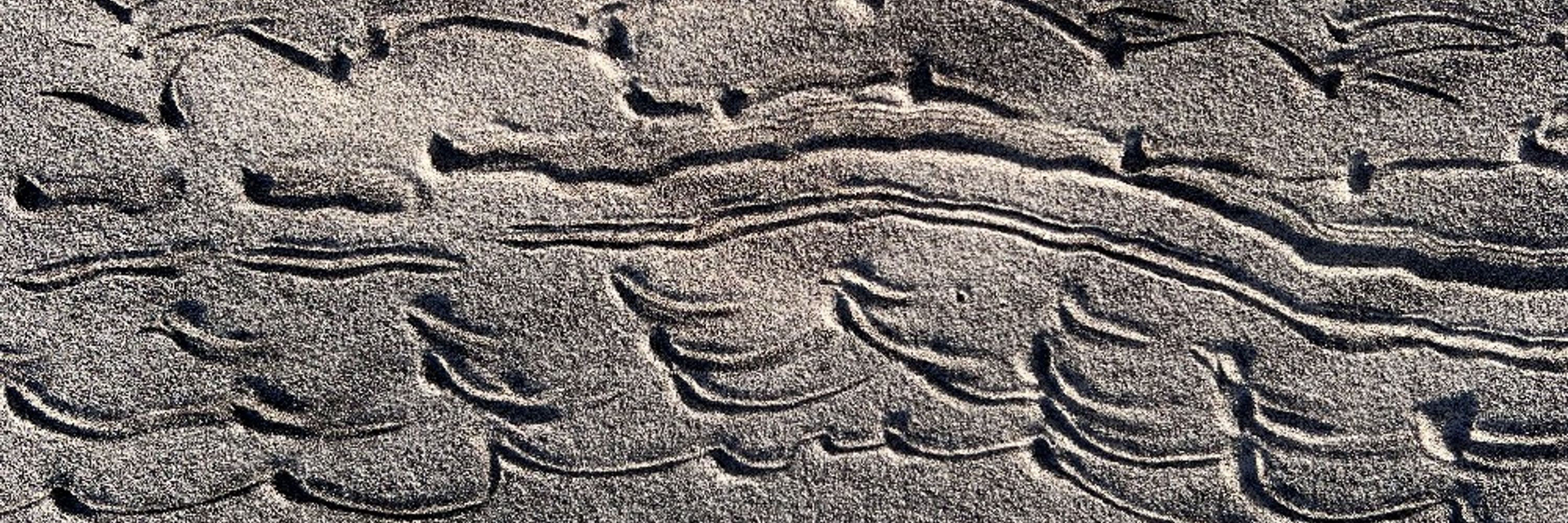




It's not my fault, Part 637. Yesterday as I was scrambling to the top of a mesa, I had to pause to get a shot of this series of little faults. I hope you all have a good day!
#hiking
#landscapes

Here is part of the body of quite a large trilobite known as Paradoxides spinosus. This specimen comes from the Middle Cambrian (Drumian) Jince Formation from the Czech Republic. Paradoxides is one of the largest trilobites known from the Cambrian period.

Here is part of the body of quite a large trilobite known as Paradoxides spinosus. This specimen comes from the Middle Cambrian (Drumian) Jince Formation from the Czech Republic. Paradoxides is one of the largest trilobites known from the Cambrian period.

www.usajobs.gov/job/850816000
www.usajobs.gov/job/850816700

www.usajobs.gov/job/850816000
www.usajobs.gov/job/850816700
This is a benchmark paper on all NPS fossils within the State of Utah through 2024. Loads of illustrations by me and pic by coauthors and collaborators. Open access, free to download! Thanks to all who made this possible!
giw.utahgeology.org/giw/index.ph...




This is a benchmark paper on all NPS fossils within the State of Utah through 2024. Loads of illustrations by me and pic by coauthors and collaborators. Open access, free to download! Thanks to all who made this possible!
giw.utahgeology.org/giw/index.ph...

I don't know how to say that you should care about other people, but there it is. You should care about other people.
I don't know how to say that you should care about other people, but there it is. You should care about other people.

My review of #PrehistoricPlanetIceAge, out on Apple TV on Wednesday
www.newscientist.com/article/2505...

My review of #PrehistoricPlanetIceAge, out on Apple TV on Wednesday
www.newscientist.com/article/2505...
Ellen Morris Bishop from Oregon State University
Her seminal book: In Search of Ancient Oregon, mixes her knowledge of earth history and #Geology, and her passion for photography to help bring the fascinating story of Oregon’s origins to life.
⚒️🪨🌋⏳🌎




Ellen Morris Bishop from Oregon State University
Her seminal book: In Search of Ancient Oregon, mixes her knowledge of earth history and #Geology, and her passion for photography to help bring the fascinating story of Oregon’s origins to life.
⚒️🪨🌋⏳🌎



buff.ly/4nBIzsC



Please don't pirate books.
If you can't pay for a book, there is already a solution for you: use a library.
Whatever you think authors, illustrators, and other book career people make, it's less than that. By a lot. Stealing from us isn't heroic, it's crushing.
Please don't pirate books.
If you can't pay for a book, there is already a solution for you: use a library.
Whatever you think authors, illustrators, and other book career people make, it's less than that. By a lot. Stealing from us isn't heroic, it's crushing.






